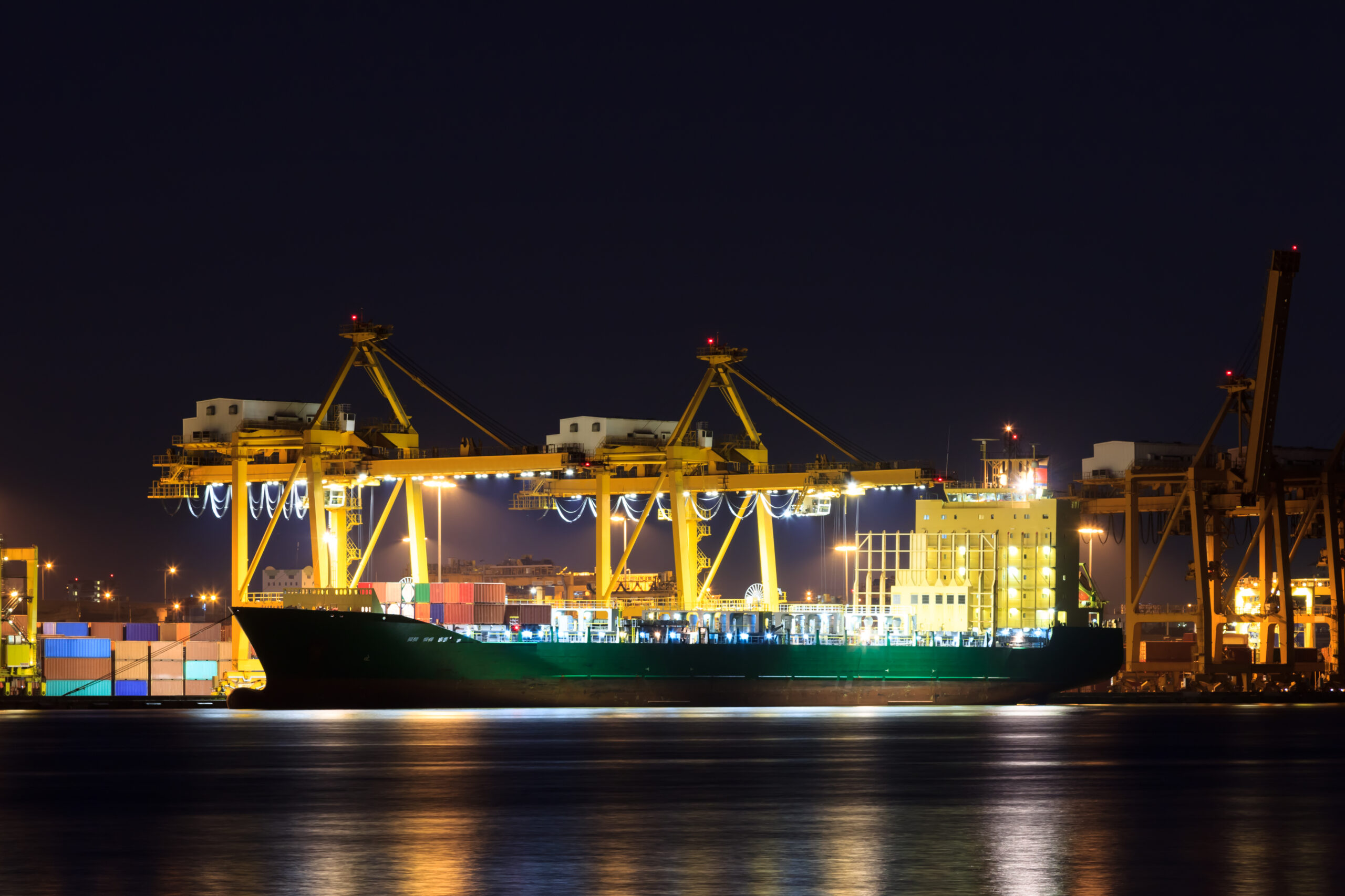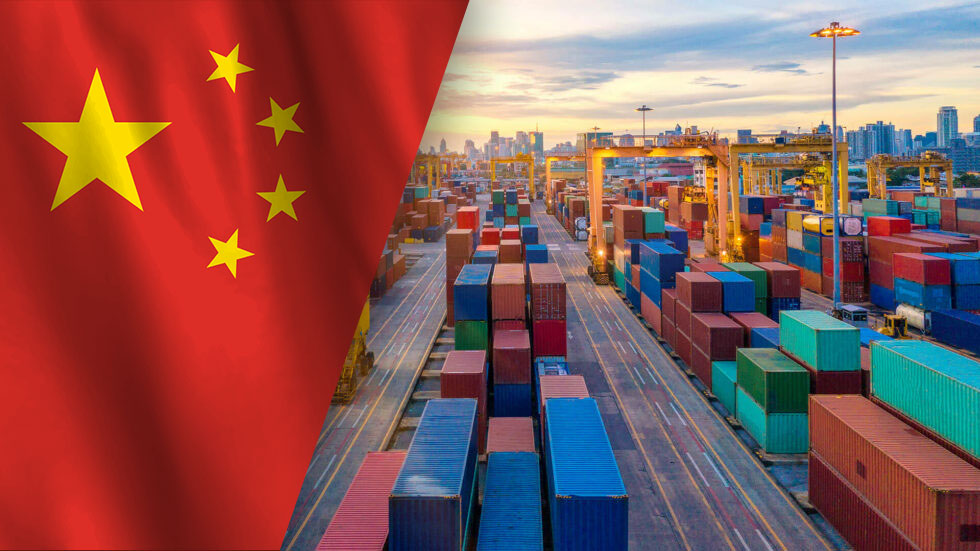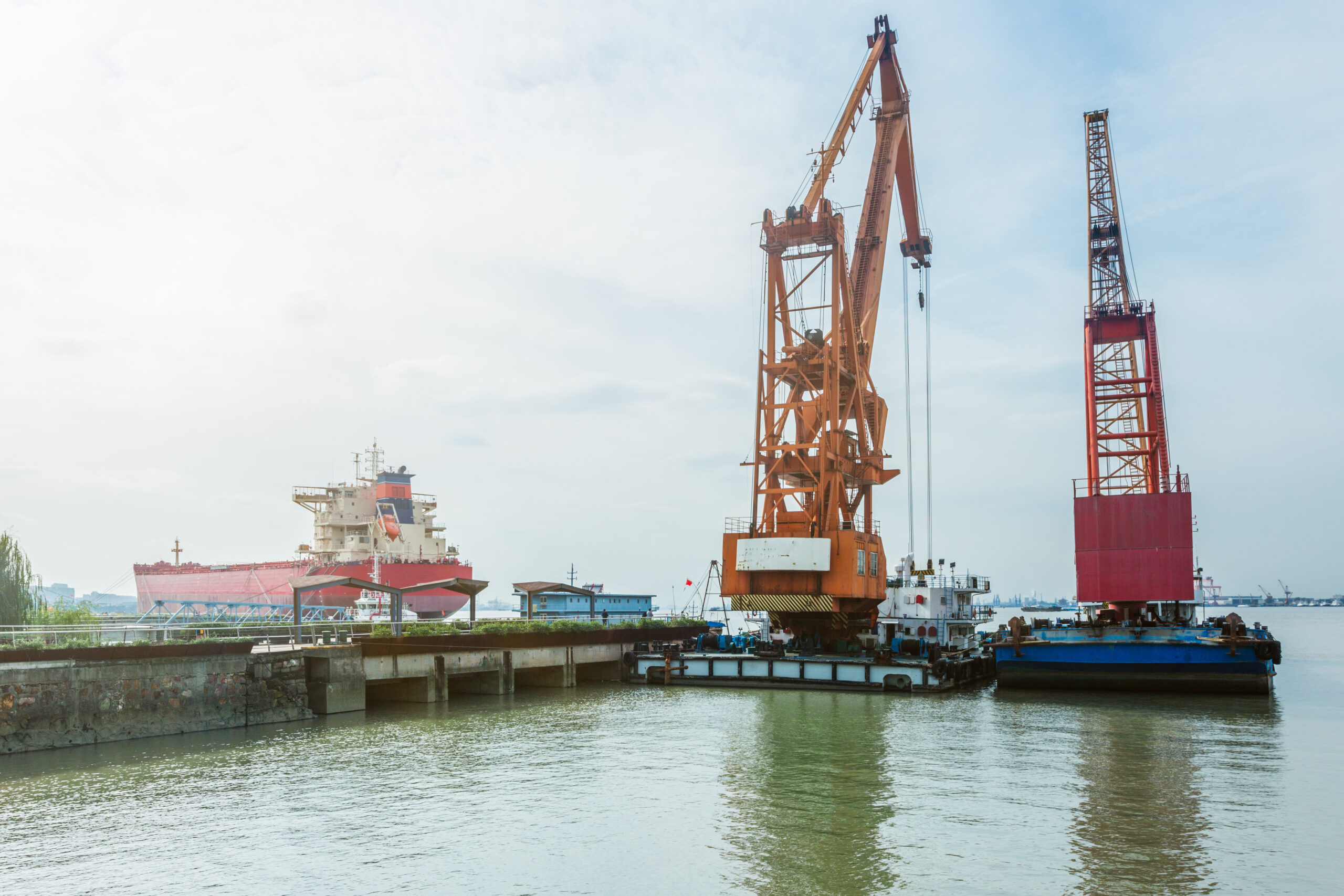This week:
- Analysts: Ripple effects from ILA strike disruptions will continue through at least mid-November
- US West Coast Q3 cargo surge leads to strong intermodal numbers
- Office of the USTR opens applications for tariff exclusions on machinery imported from China
- Following the ILA strike and two hurricanes, the US truckload spot market finds stability
- Dwell times at the LA-LB port complex reach two-year record highs
Weeks Later, Analysts Detail the Ripple Effects of ILA Strike Disruptions
Weeks after the end of a three-day strike at US East and Gulf Coast ports, industry experts now have a clear picture of the supply chain disruptions caused by the work stoppage. Most analysts agree that even though the strike was relatively short, ripple effects will be felt for some time.
The labor dispute between the International Longshoremen’s Association (ILA) and employers represented by the United States Maritime Alliance (USMX) began on October 1. On the night of October 3, both parties announced a tentative deal to resume work through January 15, 2025 — the deadline for a new ILA-USMX master agreement.
Journal of Commerce (JoC) analyst Lars Jensen, who is also the CEO of Vespucci Maritime, said one of the top strike disruptions is the immediate impact on tonnage supply. Speaking at the recent South Carolina International Trade Conference, Jensen forecasted a 17% drop in capacity on the Asia to US East Coast trade route by the week of November 11. According to Vespucci Maritime data presented by Jensen, the capacity for trans-Atlantic shipments from Northern Europe will drop by 15%.
“The regular cost from just a three-day strike is going to be with us at least until the middle of November,” Jensen said. While he and other analysts are hopeful for a mid-November tipping point, Jensen says the ILA and the USMX agreeing on a new contract sooner rather than later is critical. If negotiations drag on toward the January 15 deadline, Jensen predicts further disarray in the supply chain, such as another surge of frontloading.
Subscribe to JMR’s Weekly Supply Chain Roundup!
Stay informed with the latest supply chain news, trends, and insights. Get it delivered directly to your inbox every week.
US West Coast Cargo Surge Leads to Strong Q3 Intermodal Numbers
North American railroads experienced a surge in domestic container volumes during 2024’s third quarter due mainly to increased demand in Southern California. However, intermodal analysts are watching the numbers closely, as frontloading to the US West Coast ahead of the October 1 ILA strike should be over.
The Intermodal Association of North America (IANA) reported a six percent year-over-year increase in Q3 demand. However, industry observers caution that October’s volumes could decline as frontloading slows down, defying historical peak season trends.
Meanwhile, carriers are attempting to balance the increased West Coast demand and post-strike disruptions. Hub Group, J.B. Hunt, Schneider National, STG Logistics, Swift Intermodal, and Union Pacific Railroad have all implemented surcharges of $1,000 or more in Los Angeles on shippers that exceed their weekly contractual volume allotments.
USTR Office Opens Tariff Exclusion Process for Chinese Machinery
The Office of the United States Trade Representative (USTR) has begun accepting requests from manufacturers seeking exemptions from upcoming tariff hikes on machinery imported from China. The tariff exclusions are available to US manufacturers in specific industries, particularly solar products. Manufacturers have until March 31, 2025, to submit their requests.
The USTR’s move comes after US President Joe Biden’s administration retained many of former President Donald Trump’s controversial tariffs and implemented some of its own. When the new Biden tariffs were announced, some manufacturers said they had no feasible alternatives to the imported Chinese machinery. The new exclusion process seeks to balance mitigating costs for US companies while maintaining trade leverage with China.
US Truckload Spot Market Stabilizing After ILA Strike, Hurricanes
The US truckload spot market is nearing equilibrium following recent spikes in pricing and volume caused by the ILA strike and two hurricanes. But while spot rates appear to be stabilizing, freight demand and overall pricing remain close to pre-October levels.
Data from DAT Freight & Analytics shows slight year-over-year increases in spot dry-van rates and slight declines in contract rates. Both metrics indicate stability in the US truckload market, but analysts point to other signs of volatility. For example, spot rates initially rose in early October but have since plateaued. This trend is expected to reverse as holiday season demand picks up.
Overall, analysts say the US truckload market’s future hinges on capacity. While excess capacity is available now, a slowdown in freight delivery could lead to a tightening market and increased pricing in the next few weeks.
Rail Container Dwell Times Surge to Two-Year High at LA-LB Ports
Rail container dwell times at the Los Angeles-Long Beach port complex reached a two-year high in September amid record import volumes from Asia. Retailers diverting cargo from East and Gulf Coast ports to avoid disruptions ahead of the ILA strike also contributed to longer wait times at LA-LB ports.
Terminal operators maintain that the high dwell times are temporary and haven’t contributed to significant congestion. Some terminals within the LA-LB complex have opened temporary storage yards to help cut wait times.
Imports are expected to peak this month. However, some industry observers expect retailers to continue shipping through Southern California until the new ILA-USMX master agreement for East and Gulf Coast ports is finalized.






